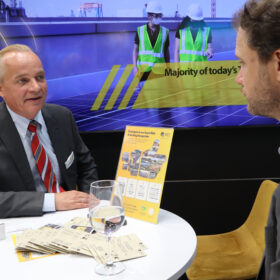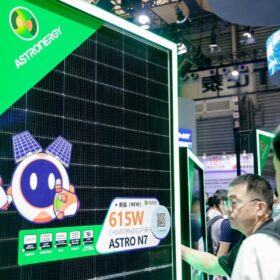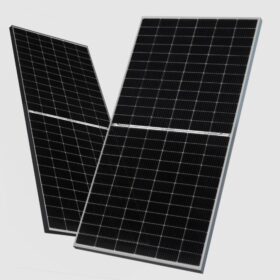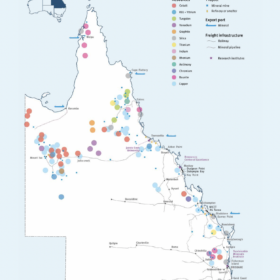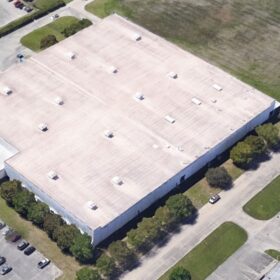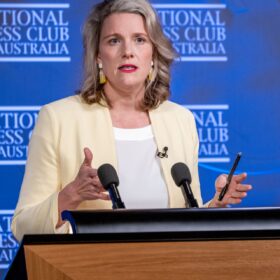Interview: REC Group CEO highlights power density, sustainability in time of oversupply
High performance and low environmental impact are set to stand heterojunction module maker REC Group in good stead in the current buyers’ market, argues CEO Jan Enno Bicker. Speaking to pv magazine at Intersolar Europe last month, Bicker said that in the rooftop segment the benefits of the company’s Alpha HJT module series shine.
Membrane boosts bifacial solar module yield by 6.4%
German renewables developer Solar Kapital has deployed membranes at three of its utility scale PV plants in Greece and claims the technology has delivered an up to 6.4% increase in yield and the payback time of the new solution is relatively short.
Astronergy announces new TOPCon solar module series
Huang Haiyan, chief sustainability officer for Astronergy, spoke with pv magazine at the recent SNEC trade show in Shanghai about the company’s new TOPCon PV module line and its broader expansion plans.
Test shows higher yield, lower degradation for n-type solar modules
Research carried out by China‘s National Photovoltaic Quality Inspection Center shows that new n-type TOPCon modules are living up to their promise, outperforming the previous generation of p-type PERC products. Data gathered over six months from a fixed-tilt PV system showed that the n-type products produced 3.69% more energy, and also suffered much lower performance losses.
SEG Solar plans 5 GW cell, 3 GW module production plant in Indonesia
United States-headquartered module maker SEG Solar has leased land in Indonesia where it will establish a 5 GW capacity solar cell and 3 GW capacity PV module manufacturing facility.
Queensland cuts exploration fees, funds zone design and waste streams in decisive critical minerals strategy
The Queensland government has unveiled its own Critical Mineral Strategy, with a decidedly more focussed policy approach than its recent federal counterpart.
SEG Solar leases land for 5 GW cell, 3 GW module production in Indonesia
SEG Solar (SEG), a Texas-based module manufacturer, will lease land in Indonesia for 5 GW of solar cell and 3 GW of PV module capacity.
Aussie entrepreneur launches 6 kW / 7.2 kWh mobile solar generator
Decarbon Venture, a startup cofounded by an outback-living Australian entrepreneur, has launched what it claims to be the world’s first “swappable” solar generator at half the weight and double the power rating of other products on the market.
How much will Australia realistically achieve with its critical minerals?
A panel of experts debated how plausible it is for Australia to enter the battery manufacturing space, and acting-CEO of one of the only companies to produce lithium hydroxide in Australia, IGO, discussed the acute challenges of setting up a refinery onshore during the WA Renewables and Critical Minerals Superpower Summit on Monday.
‘Really serious’ problems cybersecurity breaches pose in Australia’s DER near future
In two to three years, the number of DER control devices plugged into Australia’s national grid are predicted to hit critical mass, bringing with it the potential for wide-scale ramifications in the event of a successful cyberattack. The second in a two part series, pv magazine Australia outlines what the consequences could involve.
